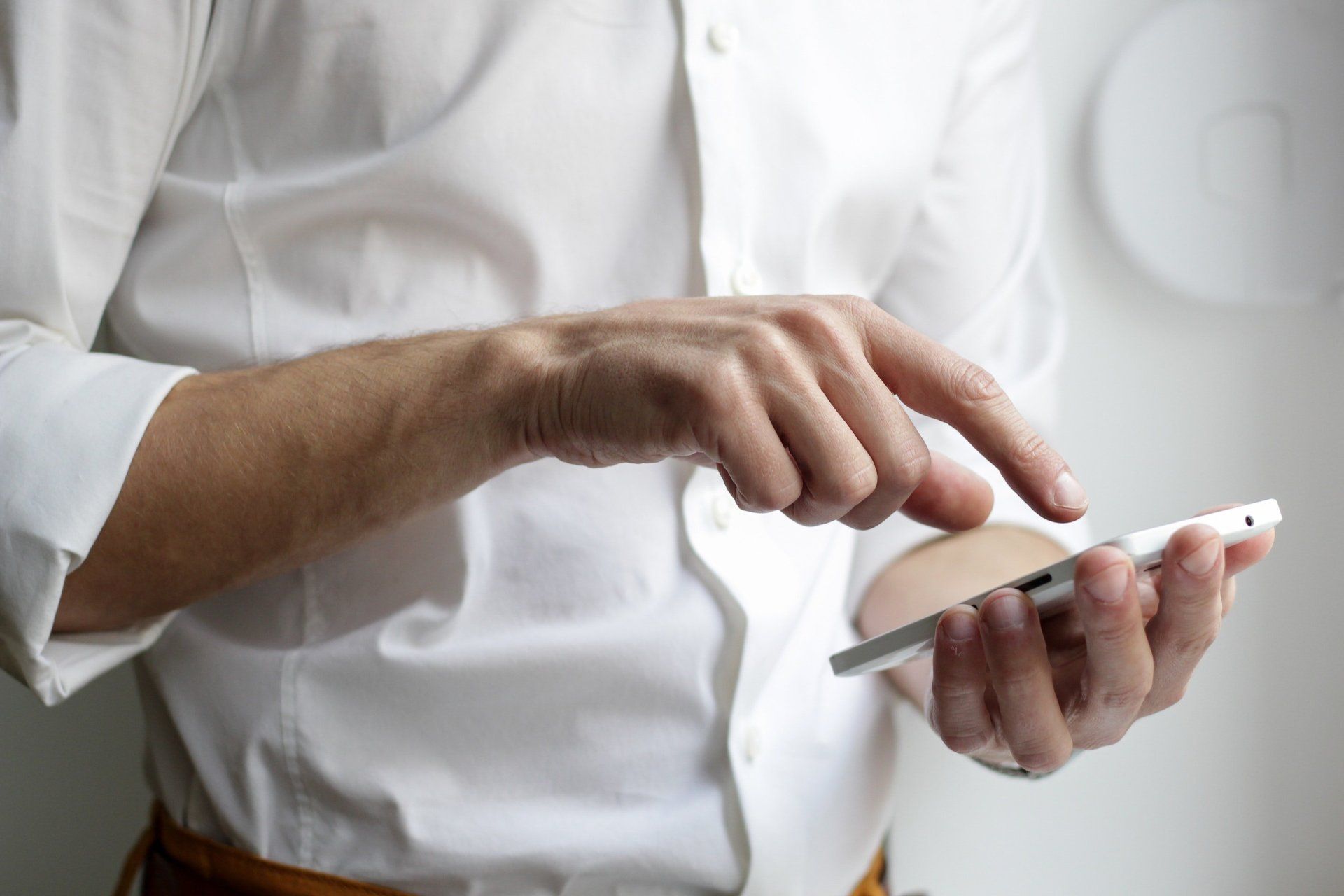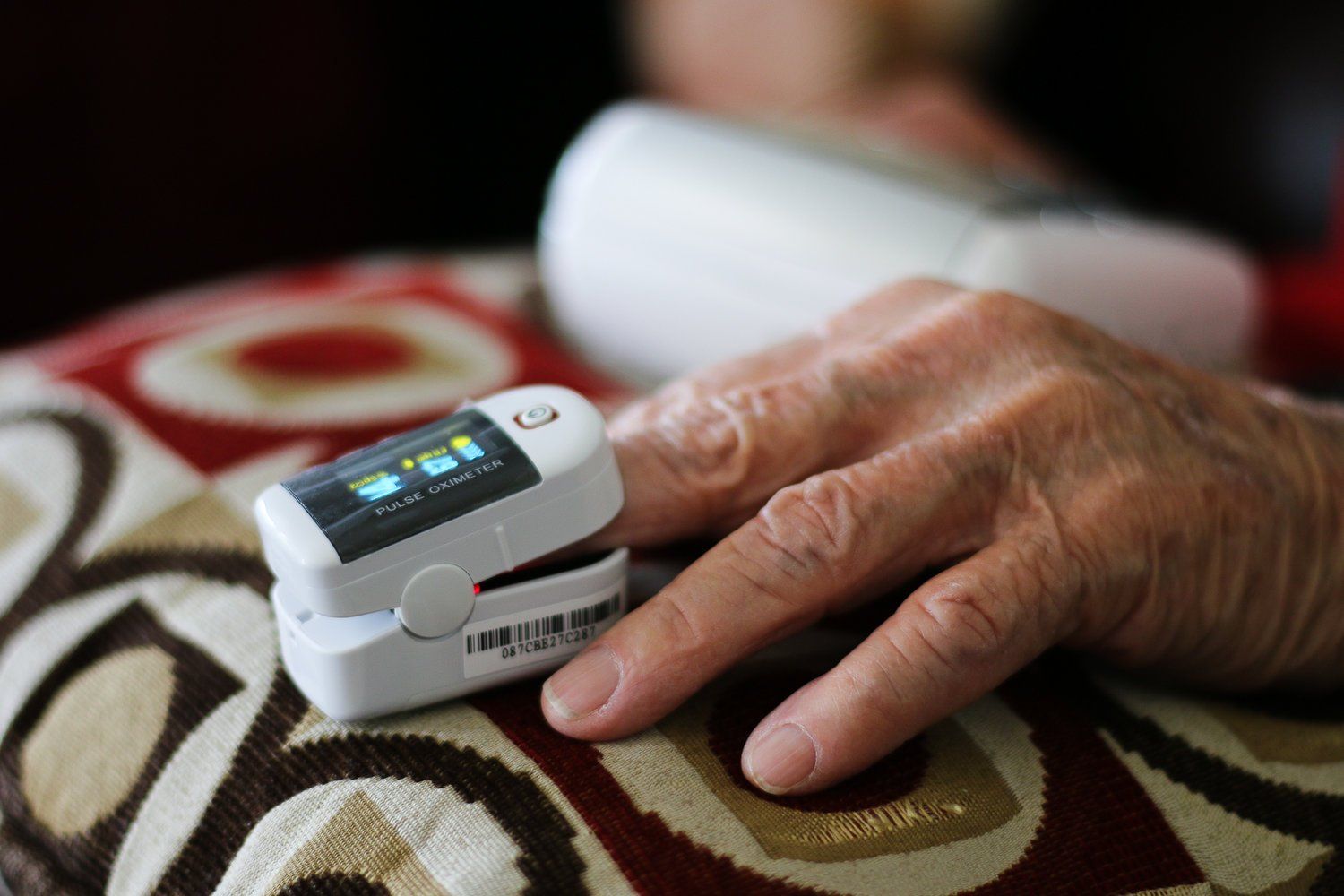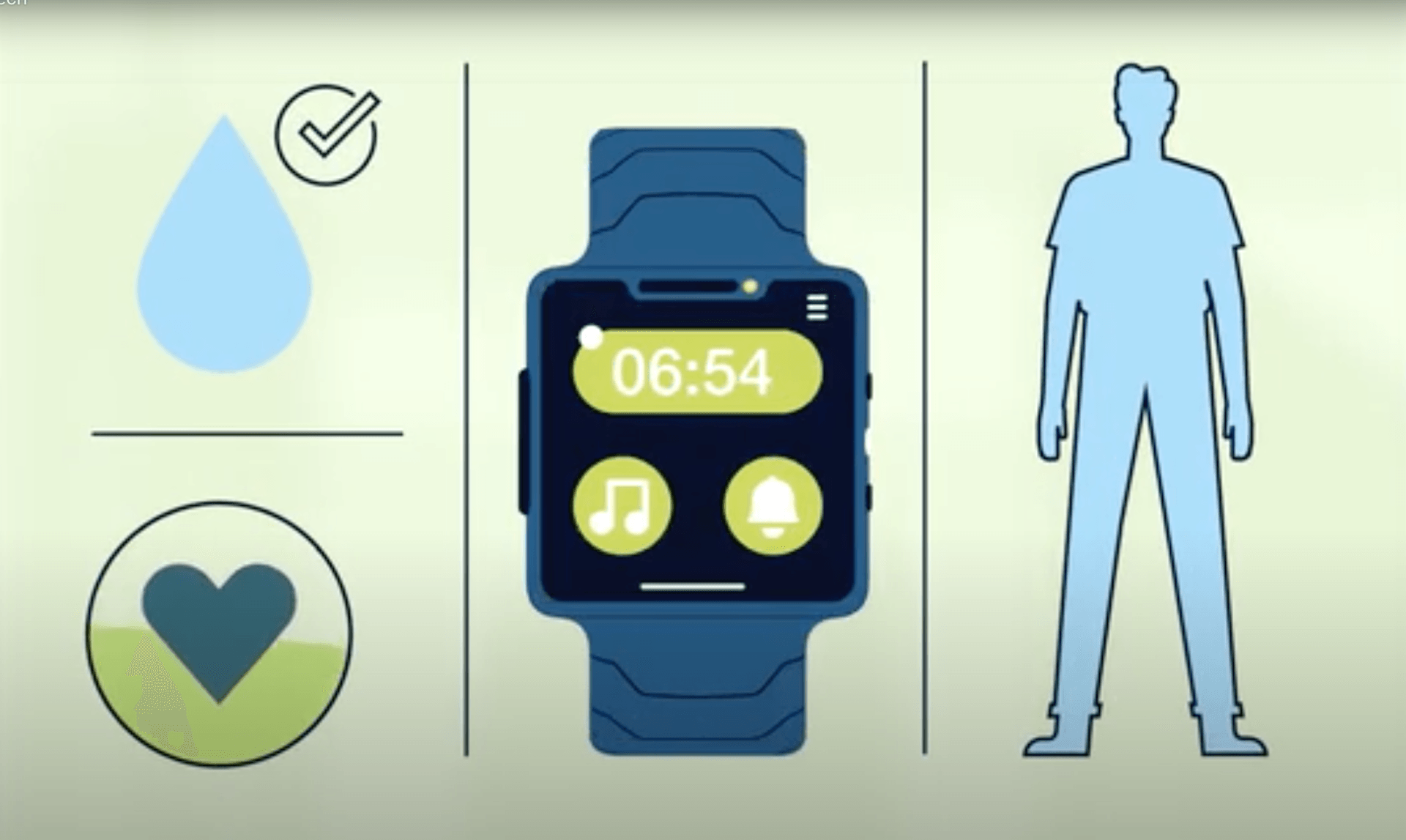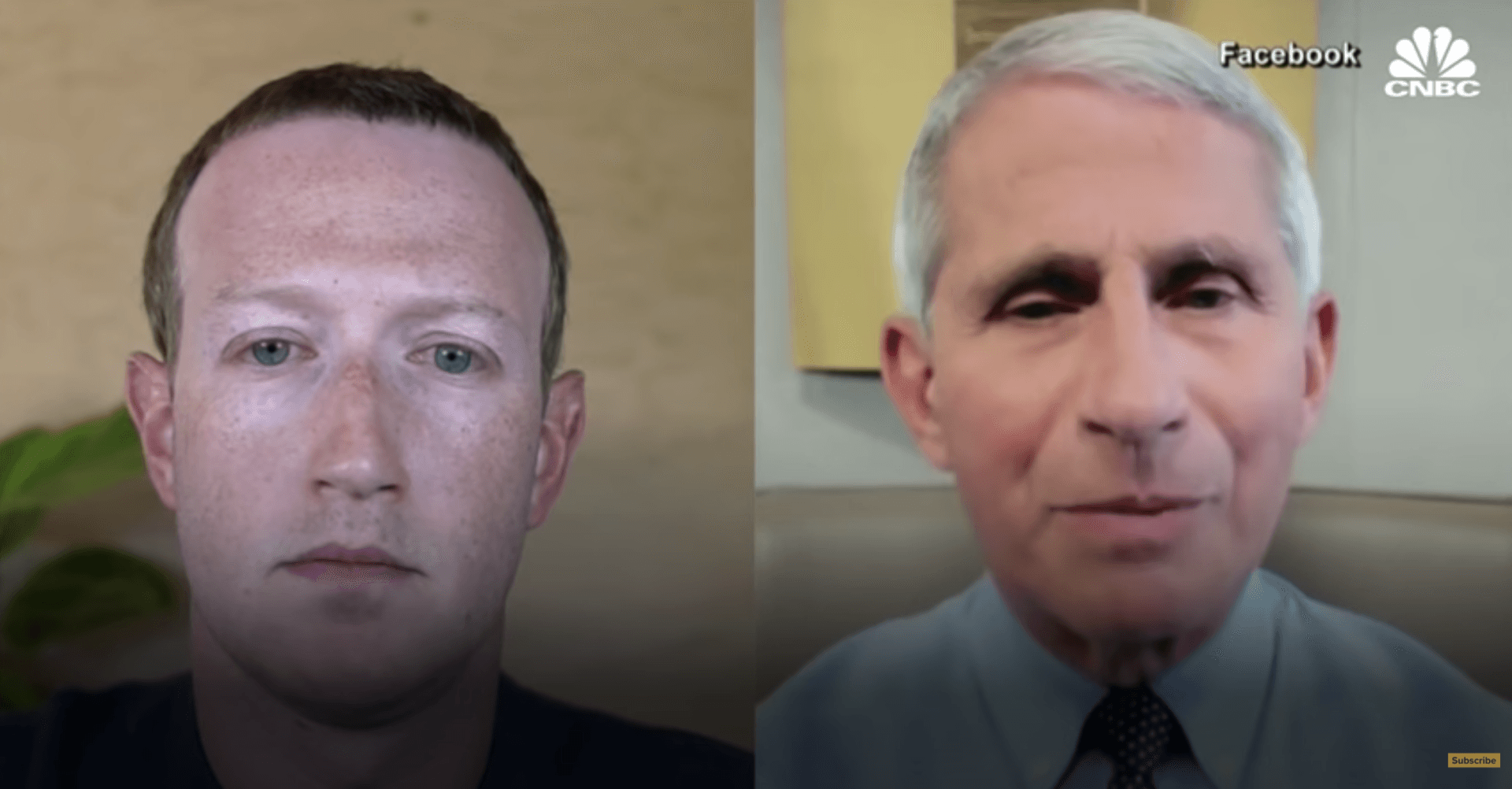Telemedicine Takes Lead in Cancer Care During COVID-19 Outbreak
Nichole Tucker • April 17, 2020
Telemedicine Takes Lead In Cancer Care During COVID-19 Outbreak

Telemedicine has been implemented in medical practices across the country in response to “stay at home” orders and social distancing recommendations from local governments and health authorities. For some practices, telemedicine was already an extension of their day-to-day operations. For other practices, conducting patient visits via telephone or internet is a novel concept.
Oncology practices especially have to take careful steps for deciding which patient cases can be managed through telemedicine and which require in-person visits. Some examples of individuals who may be ideal for telemedicine visits are those who are finished treatment and only require surveillance. Other patients who may be cleared for telemedicine are those who have been responding to their treatment long-term.
“Telemedicine expanded greatly in a short time out of necessity, but with that we have seen how valuable it can be as an alternative to live visits for some patients. I believe that we will continue to employ telemedicine far beyond these acute issues,” H. Jack West, MD, told Targeted Oncology.
At the City of Hope, restrictions were heightened in response to the spread of the novel coronavirus disease 2019 (COVID-19) in the United States (US). Telemedicine is 1 of the ways the center is continuing to care for its patients while limiting potential exposure to COVID-19 and keep patients safe.
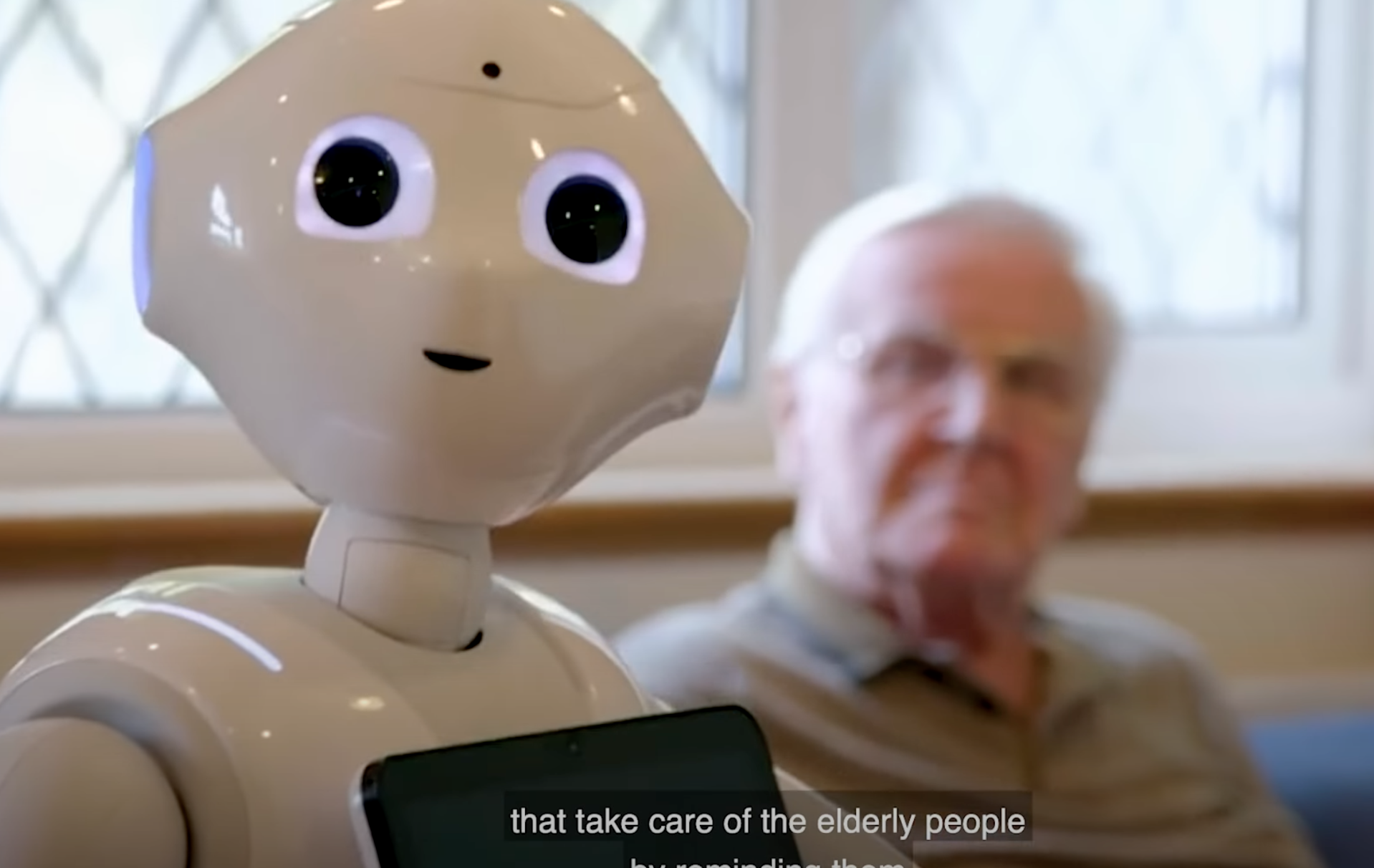
The weakness of the present healthcare system revealed by the Covid-19 crisis, along with the rise in chronic diseases associated with lifestyle changes and a rapidly aging population worldwide will shape the future of healthcare. Next-Generation Research Analyst Dr. Damien Ng took a close look at recent developments in digital healthcare, genomics, and extended longevity.
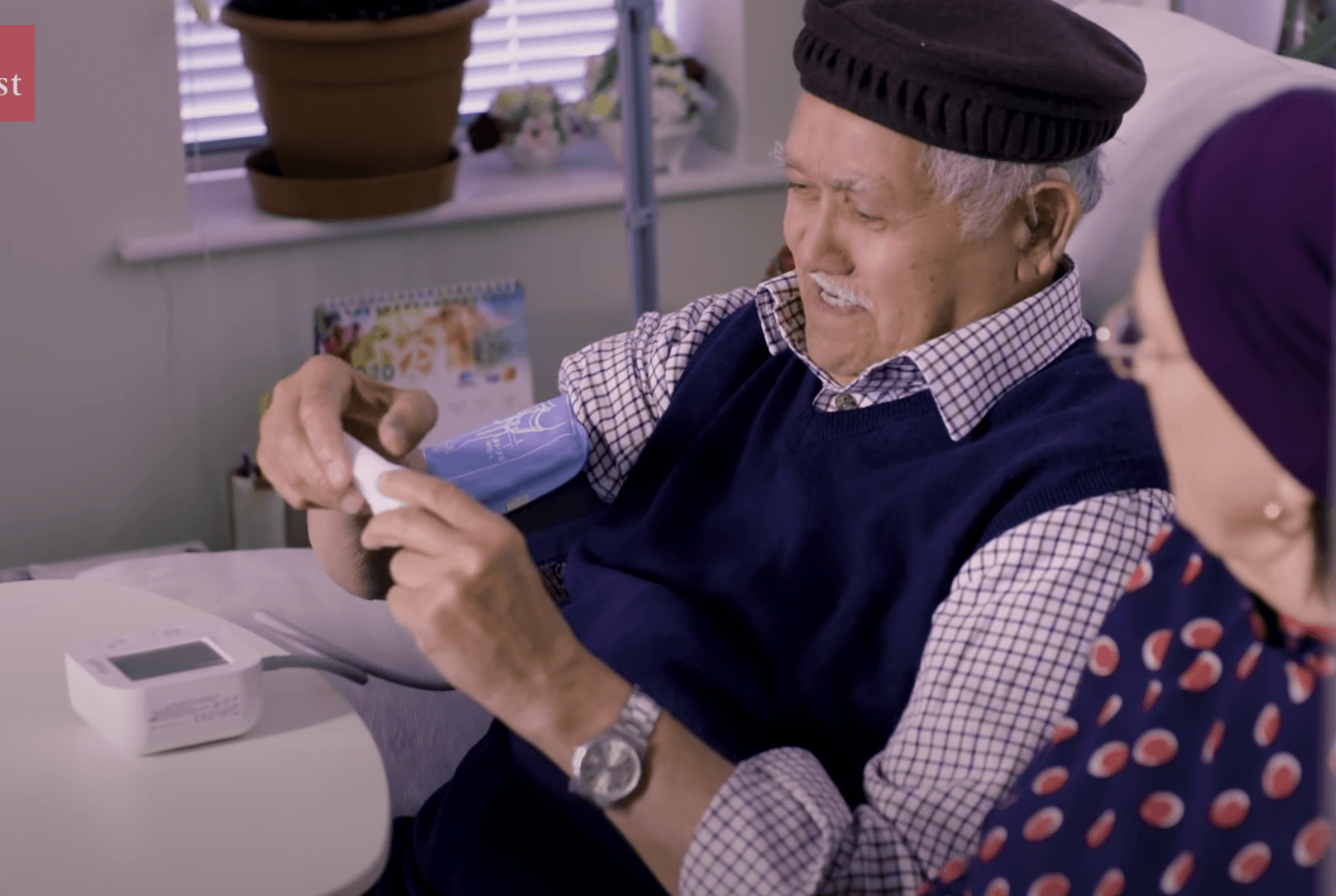
The COVID-19 pandemic has affected many elderly from receiving proper care. It has further highlighted problems faced by the elderly with dementia and chronic diseases
In this video presented by The Economist, watch how COVID-19 pandemic has impacted the elderly and how we can strive to improve the efficiency for elderly and chronic care with the rise of remote patient monitoring technology.

Improvements in technology and changes to insurance reimbursement rulings have helped increase the acceptance of telemedicine. Without it, doctors and therapists wouldn’t be able to connect with patients as easily, especially during the pandemic.
As telemedicine has become widespread, professionals and patients have grown more comfortable connecting virtually. Telemedicine isn’t meant to take the place of face-to-face visits. While it does have some disadvantages, which we’ll get into later, its benefits are undeniable.
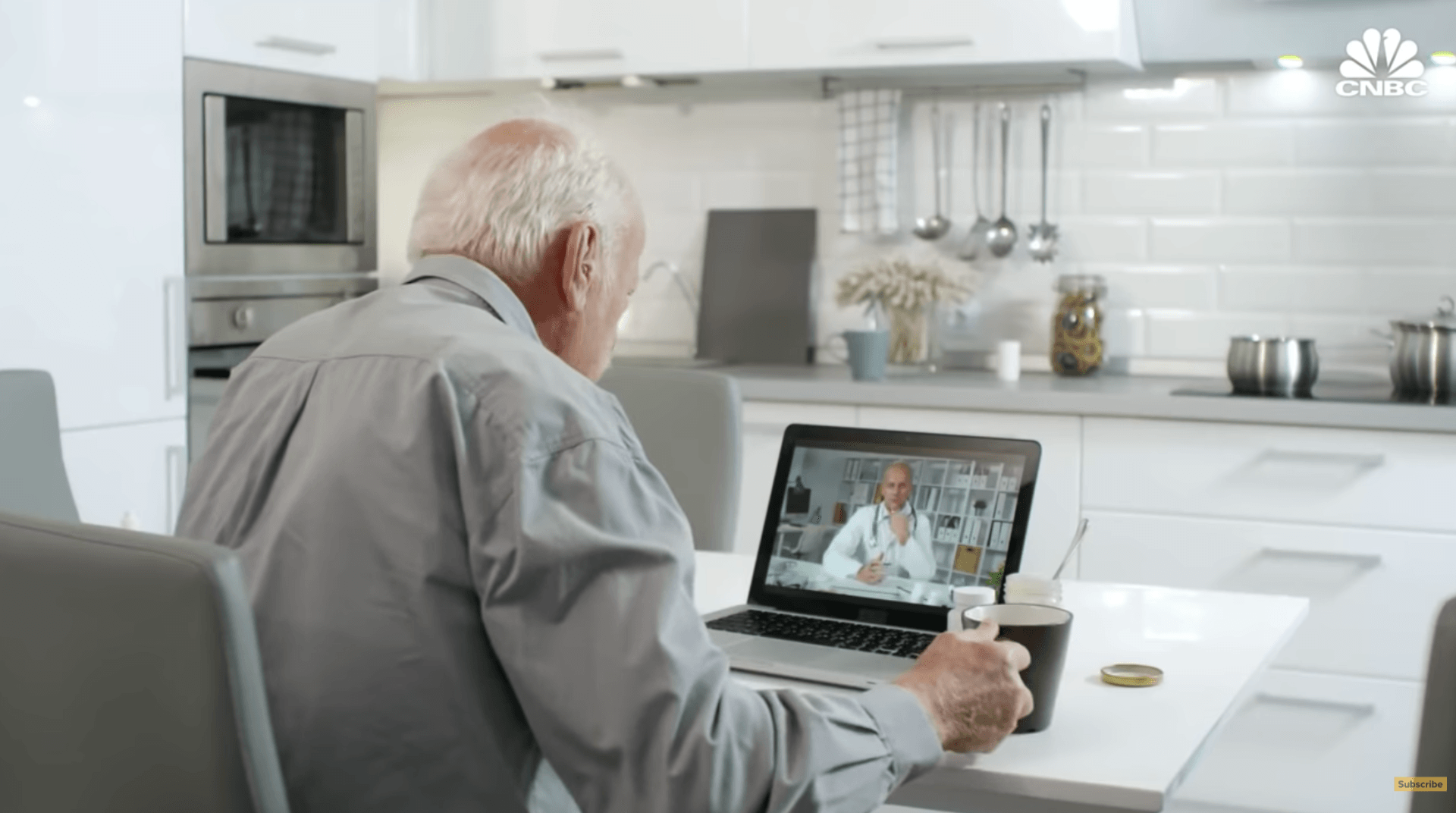
Telemedicine termed a 'silver lining' of the coronavirus pandemic. This time, it might just be true.
Telehealth use surged from 8% of Americans in December to 29% in May as primary care, mental health and specialists turned to remote care out of necessity during the COVID-19 pandemic, according to a UnitedHealth Group report.


